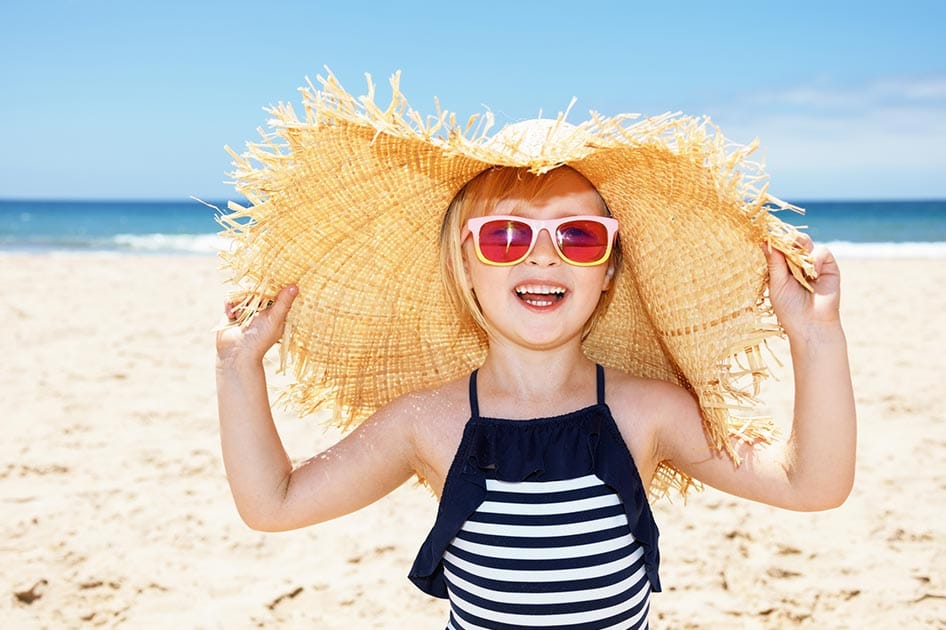Objectives
Practice listening to and saying some language phrases and vocabulary, on their own and in context.
- sand/waves/ocean/beach
- Beach animal names: hermit crab, clam, barnacle, starfish, octopus, fish, sea anemone, coral
- swim/dive/snorkel
Video introduction
The video which was used for “Woodland Animals” lesson can be repeated, and students can identify some items in the video to review the last lesson, with teacher’s prompts.

Audio
The audio phrases are the target language. It is played 3 times. First time, just listen. Second time, listen and repeat. Third time, circle items on worksheet while they listen and repeat.

The Beach and Ocean Worksheet
The worksheet is to be used in 2 ways. First, the items on the top are to be circled while listening to the audio. Second, the bottom portion is to be filled out by each student. The bottom part can be shared with the class once complete, giving students an opportunity to talk about what they’ve made, using target language.

Reading Time
The story book “Baby Beluga” should be purchased ahead of time or borrowed from the library. Read the story to the students and ask the following questions.
- Where does baby beluga live?
DR (Sea/Ocean/Water) - What animal is Baby Beluga
DR: (Whale/Little Whale) - What does Baby Beluga like to do?
DR (Swim) - Who does Baby Beluga play with?
DR (dolphins*) - What rolls in and out?
DR (The waves/waves/the sea/the water)
*accept any other sea animal names that are shown in the illustrations as well


